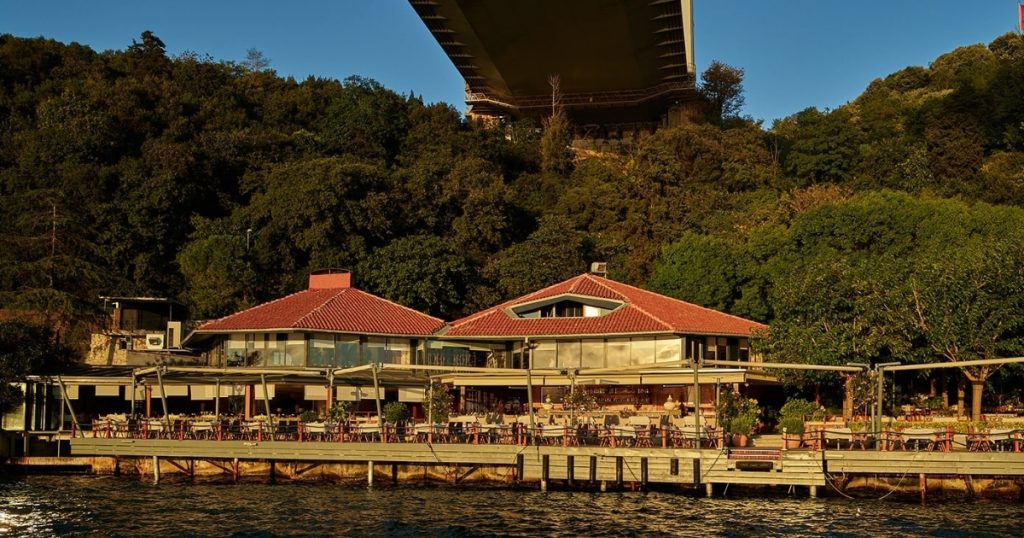The flawless functioning of the daily life of the Dolmabahçe Palace Harem rested on the shoulders of the Chief Kalfa, who bore the title Hazinedar Usta, rather than on the Sultan or the Valide Sultan. The Hazinedar Usta, as the highest-ranking female administrator of the Harem, was the Valide Sultan’s absolute deputy and her “eyes and ears”. She was responsible for the administration of hundreds of concubines (cariyeler), kalfas, ustas, and servants, the management of the Harem’s budget, and most importantly, the protection of the palace’s most intimate secrets. Although she did not possess political power, with this immense administrative and organizational power within the Harem, she was the silent and “invisible” queen of the palace. (Link: The Dynasty and officials at Dolmabahçe -> /learn/the-dynasty-and-its-people)
Who is a Kalfa? The Hierarchical Structure of the Harem
Contrary to popular culture, the Dolmabahçe Harem was not merely a place consisting of the Sultan’s wives and cariyeler; it was also a complex institution with a strictly rigid hierarchy where hundreds of female officials worked. At the top of this hierarchy was the Valide Sultan, the Sultan’s mother. Immediately below her were the “Kalfas,” who had risen to this rank through their experience, abilities, and loyalty. Kalfas were professional administrators who managed the Harem’s different departments. This hierarchy was a career path moving from novice status (acemilik) to mastery (ustalık):
- Cariyeler (Concubines): The lowest-ranking girls, newly admitted to the palace and undergoing training.
- Kalfas: Experienced women who had completed their training and served in various Harem services (such as kitchen, laundry, sick care, etc.).
- Ustalar (Masters): Department chiefs who specialized in their own fields and managed the kalfas beneath them.
- Hazinedar Usta (Chief Kalfa): The supervisor of all ustas and kalfas, the Harem’s general manager.
This structure ensured that the Harem was a self-sufficient, regular, and disciplined organization.
The Hazinedar Usta: The General Manager of the Harem
The duties of the Hazinedar Usta were so wide-ranging and varied that they resembled the responsibilities of a general manager of a modern institution:
- Personnel Management: She was responsible for the recruitment (selection of cariyeler), training, promotions, assignment of duties, and discipline of hundreds of female officials. She decided who would work in which job, who would serve the Sultan, and who would be promoted.
- Budget and Logistics Management: She managed the Harem’s enormous budget. She organized the purchase, inventory management (Harem Treasury), and distribution of everything the Harem needed, from fabrics to jewelry, from food to medicine.
- Protocol and Security: She ensured the flawless implementation of protocol rules within the Harem. She determined who could meet with whom, and which spaces were open to whom. She was also responsible for the internal security of the Harem and, most importantly, ensuring that the dynasty’s privacy and secrets did not leak out.
- The Valide Sultan’s Deputy: Her most fundamental duty was to execute the Valide Sultan’s orders and inform her about all developments in the Harem. She managed the Harem on behalf of the Valide Sultan and represented her authority at every level. (Link: The changing role of Valide Sultans at Dolmabahçe -> /haremin-son-kraliceleri-dolmabahcede-valide-sultanlik-neden-kosem-ve-hurrem-gibi-olmadi)
The Source of Power: Information and Trust
The Hazinedar Usta’s behind-the-scenes power stemmed from the information she possessed and the absolute trust placed in her by the Sultan and the Valide Sultan. She was aware of everything that happened in the Harem: from births to illnesses, from the rivalry among the Sultan’s wives to the smallest gossip. This information allowed her to direct relationships within the Harem and intervene in events.
However, misusing this power could lead to the end of her career and even her life. Her true power lay in the unwavering loyalty and trustworthiness she earned over the years. The Sultan and the Valide Sultan entrusted the Harem’s most intimate secrets to her. For this reason, Hazinedar Ustalar usually remained in this position for life and commanded great respect in the palace.
Conclusion
In conclusion, the Hazinedar Usta and the other kalfas who managed the Dolmabahçe Palace Harem were among the empire’s “invisible” yet most crucial administrators. They were experienced professionals who transformed the Harem from a nest of gossip into a complex and regularly functioning institution with hundreds of inhabitants. The Hazinedar Usta, as the Valide Sultan’s eyes and ears, held the absolute administrative power behind the scenes of the Harem. Their story is the most striking proof of how female administrators, often overlooked by history, silently and skillfully turned the most intimate gears of a massive imperial mechanism.

















